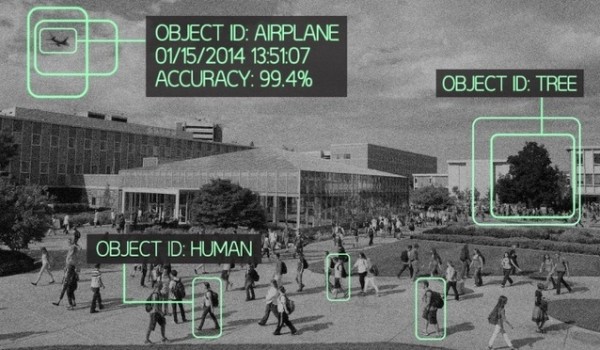Smart Object Recognition Algorithm Works On Its Own - BYU Engineer's Research
With a new smart object recognition algorithm developed by Brigham Young University engineer Dah-Jye Lee, the need of human intervention is waved off. Computer Science engineers all over the world have been working on algorithms for object recognition that can identify objects in an image or video sequence. Thanks to the new smart algorithm, now identifying things like people, animals and different things in an image is possible without the need for us to provide it with the information of - how to do it or what to look for. Just the way kids learn to distinguish between a cat and a god, BYU Engineer Lee has developed this algorithm to learn to do things on its own without the help of humans.
Not only is Lee's genetic algorithm able to set its own parameters, but it also doesn't need to be reset each time a new object is to be recognized-it learns them on its own. "In most cases, people are in charge of deciding what features to focus on and they then write the algorithm based off that," said Lee, a professor of electrical and computer engineering. "With our algorithm, we give it a set of images and let the computer decide which features are important." To test the success of this algorithm, the BYU researchers team made it compete against other top object recognition algorithms including those developed by NYU’s Rob Fergus and Thomas Serre of Brown University.

Lee and his students fed their object recognition program four image datasets from CalTech (motorbikes, faces, airplanes and cars) and found 100 percent accurate recognition on every dataset. The other published well-performing object recognition systems scored in the 95-98% range. The team has also tested their algorithm on a dataset of fish images from BYU’s biology department that included photos of four species: Yellowstone cutthroat, cottid, speckled dace and whitefish. The algorithm was able to distinguish between the species with 99.4% accuracy.
The applications of this algorithm are varied and extensive. It could be used for a number of applications, from detecting invasive fish species (think of the carp in Utah Lake) to identifying flaws in produce such as apples on a production line. “It’s very comparable to other object recognition algorithms for accuracy, but, we don’t need humans to be involved,†Lee said. “You don’t have to reinvent the wheel each time. You just run it.†The research was published in a paper with co-authors as Fellow BYU electrical and computer engineering professor James Archibald as well as graduate students Kirt Lillywhite and Beau Tippetts.
What do you think of the smart object recognition algorithm? Share your thoughts with us in comments below.
Via: #-Link-Snipped-#
Not only is Lee's genetic algorithm able to set its own parameters, but it also doesn't need to be reset each time a new object is to be recognized-it learns them on its own. "In most cases, people are in charge of deciding what features to focus on and they then write the algorithm based off that," said Lee, a professor of electrical and computer engineering. "With our algorithm, we give it a set of images and let the computer decide which features are important." To test the success of this algorithm, the BYU researchers team made it compete against other top object recognition algorithms including those developed by NYU’s Rob Fergus and Thomas Serre of Brown University.

Lee and his students fed their object recognition program four image datasets from CalTech (motorbikes, faces, airplanes and cars) and found 100 percent accurate recognition on every dataset. The other published well-performing object recognition systems scored in the 95-98% range. The team has also tested their algorithm on a dataset of fish images from BYU’s biology department that included photos of four species: Yellowstone cutthroat, cottid, speckled dace and whitefish. The algorithm was able to distinguish between the species with 99.4% accuracy.
The applications of this algorithm are varied and extensive. It could be used for a number of applications, from detecting invasive fish species (think of the carp in Utah Lake) to identifying flaws in produce such as apples on a production line. “It’s very comparable to other object recognition algorithms for accuracy, but, we don’t need humans to be involved,†Lee said. “You don’t have to reinvent the wheel each time. You just run it.†The research was published in a paper with co-authors as Fellow BYU electrical and computer engineering professor James Archibald as well as graduate students Kirt Lillywhite and Beau Tippetts.
What do you think of the smart object recognition algorithm? Share your thoughts with us in comments below.
Via: #-Link-Snipped-#
0
